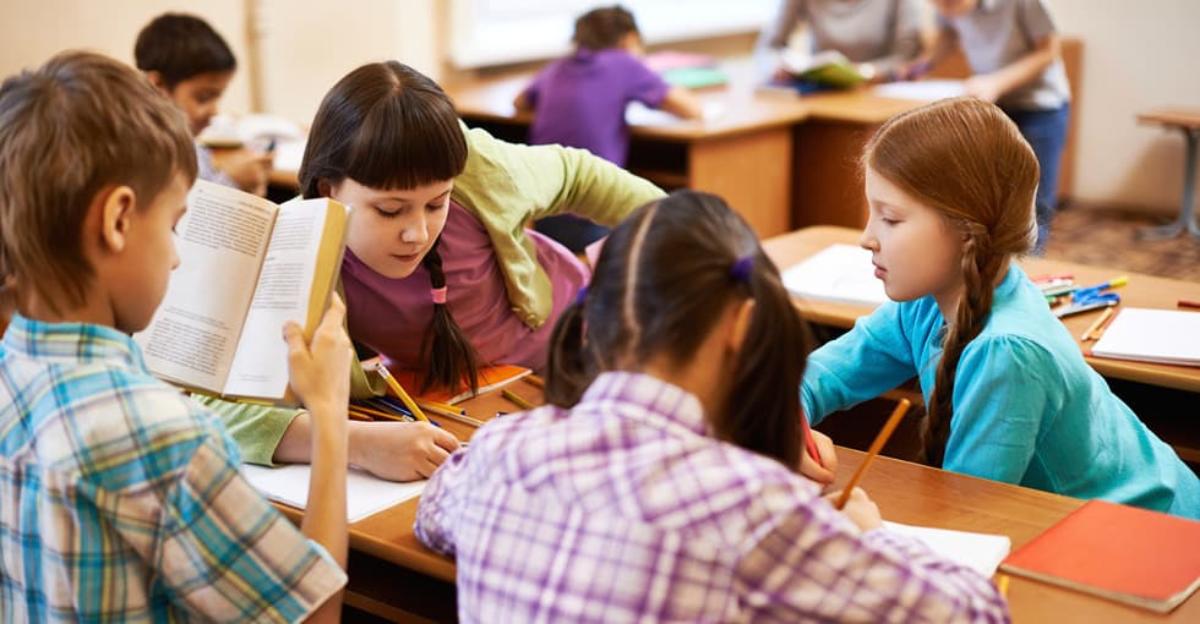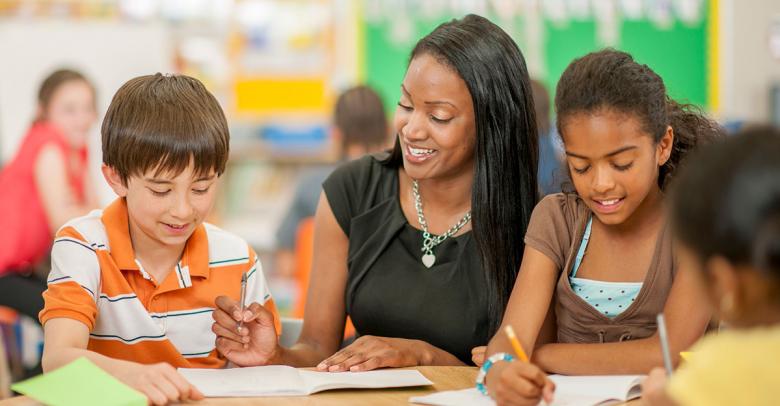Bullying prevention and intervention starts with education, and classroom activities are one of many effective ways to educate students on how to prevent and discourage bullying at school. Check out these four downloadable lesson plans for elementary school students and help make your classroom a safe and welcoming learning space.
4 Bullying Prevention Lesson Plans for Elementary Students
Bullying identification and prevention lessons and activities should be included early in students’ educational experience. The elementary or primary school years are an excellent opportunity for students to learn about preventing, spotting, and reporting negative social interactions and bullying behaviors. These four lesson plans will help your elementary students practice positive social interactions.
Compassionate Responses
Bullying conduct peaks during the middle school years. This means that the primary and elementary school years are the time to lay the foundation for appropriate conduct and compassionate responses. By recognizing the feelings and choices of the people involved in a bullying scenario, students will be empowered to take an active role in creating a bully-free environment.
This lesson will define and illustrate the roles of target, bully, and bystander and ask students to reflect on a bullying scenario from all three perspectives. Students will work together to decide on a compassionate response based on their shared understanding of the circumstances and the people involved. Students will gain knowledge and insight to help them make compassionate choices in the future.
Making Friends
Elementary and primary students are struggling to assimilate to the norms of their peer group in order to be accepted, while simultaneously trying to establish a unique identity. By recognizing that individuality and acceptance are not mutually exclusive, students will begin to move toward a social environment in which each member of their class is accepted and valued.
This lesson will highlight specific actions students can take to make friends, join in, and welcome new students. Students will recognize the positive impact of inclusion on individuals and the group as a whole. Students will be motivated to work toward a unified classroom with an open and welcoming membership.
No Name Calling!
Children and adults often perceive name calling as an accepted and inevitable part of childhood. Further, children may fail to differentiate between name calling and teasing. Children who protest against name calling may be accused of being too sensitive or not being a good sport. By recognizing name calling as unacceptable, students will be motivated to choose kind words and to promote the use of respectful language in their classroom.
This lesson will differentiate between teasing and name calling and ask students to actively participate in promoting kind and respectful language. Students will recognize that they can choose to have a positive or negative impact on other people. Students will take ownership of their word choices as they work to create and sustain an atmosphere of respect.
Respecting Differences
Experts agree that the selection of a target for bullying is often based on a real or perceived difference. By recognizing that all people have similarities (e.g., basic needs, feelings, interests) and differences (e.g., cultural background, experiences, preferences), students will begin to identify with one another and to view one another in a positive light.
This lesson will highlight the similarities and differences between students in your classroom in a way that does not promote one choice or circumstance over another. Students will be engaged in searching for commonalities and becoming better acquainted with their classmates. Students will begin to take ownership for building an atmosphere of respect in the classroom.
More Bullying Prevention & Intervention Tips and Ideas
If you’re looking for more ways to benefit the students at your school by practicing active bullying intervention, stop by the Bullying Prevention tag page. You’ll find more useful tips for educators, students, and caregivers who want to help make school a safer place.
Read More: Bullying Prevention






Leave a Reply